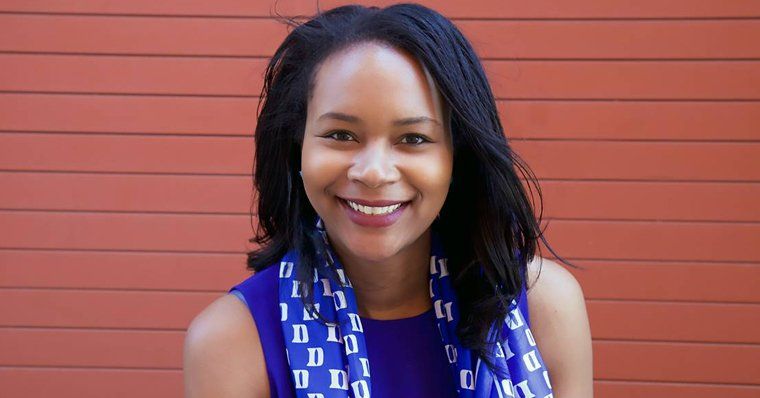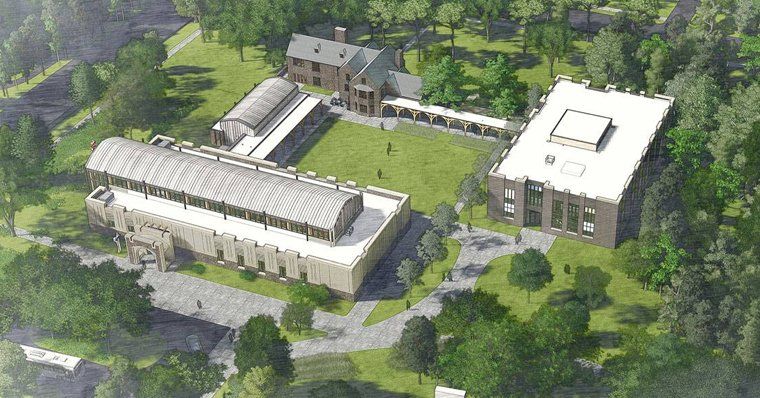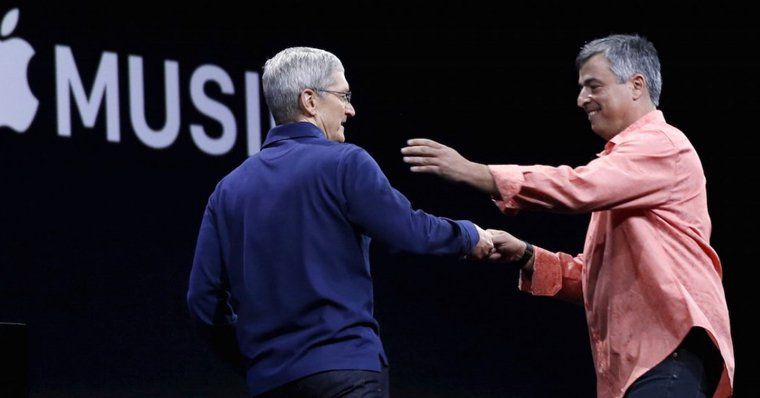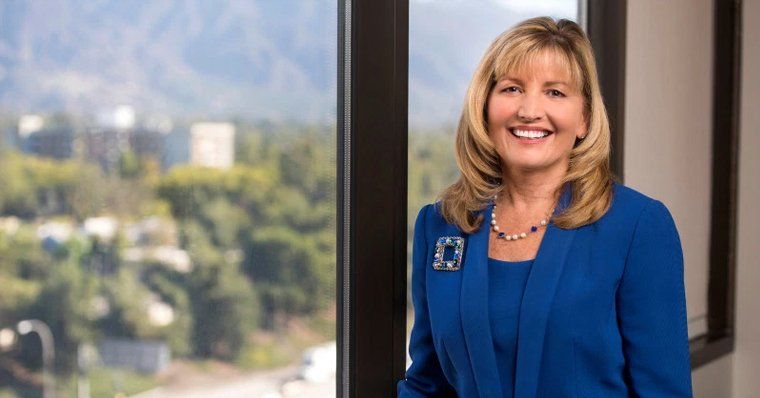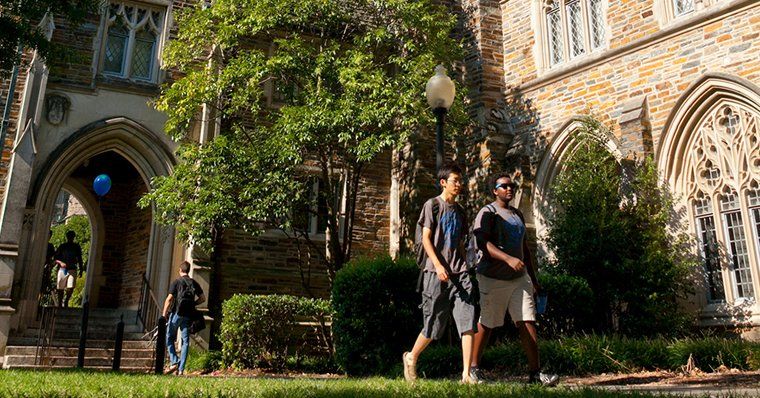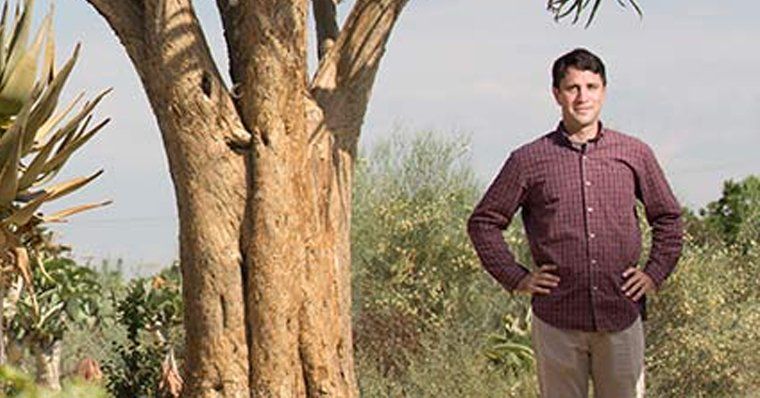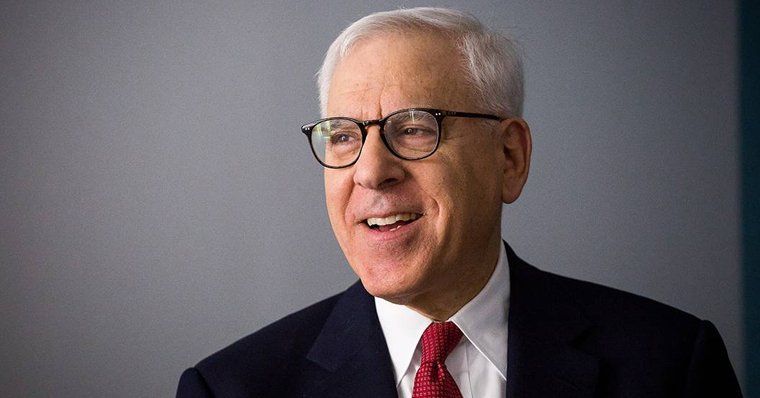By Tori Klein
•
29 Aug, 2020
Three decades ago, when Julie Miller-Phipps was a nursing student, a summer job took her to the surgical floor of an Anaheim hospital, where she was appalled by the harsh way surgeons spoke to nurses. Right then, the Torrance native decided to switch from the clinical side of healthcare to the business side. And she set herself a new goal: to run the hospital. Today Miller-Phipps, 60, runs not just one hospital, but the sprawling operations of Kaiser Permanente in Southern California from Bakersfield, across Los Angeles County, the Inland Empire and Orange County down to San Diego. As president of the giant HMO’s largest region for the past year, Miller-Phipps oversees a staff of 70,800 serving 4.4 million members. Kaiser’s Southern California patient load has surged by a million members in the past six years. In April, the nonprofit group opened its 15th Southern California hospital, an $850 million facility in San Diego. Kaiser’s 8,000 affiliated physicians have been opening new office buildings in the Southland at the rate of one a month for most of this year. Miller-Phipps, a Huntington Beach resident, works out of the region’s Pasadena headquarters. At a recent Orange County Business Council event in Costa Mesa, she spoke with attorney Tom Phelps, chair of the group’s CEO leadership caucus, and took questions from the audience. Her comments, edited for length and clarity, ranged from her childhood experiences to the future of medicine in an age of artificial intelligence and robotics. Early inspiration My dad, James Miller, was a self-made man. He worked his way up from the mail room of an insurance company to vice president. He had no college, but he taught me so much about business and leading with integrity. He was very proud of me. Almost every woman I ever met who is a leader in business had a strong male figure in her life who believed she could do anything. My mom was a stay-at-home mom and later worked for Kaiser Permanente [in a clerical job] when I was in college. She is a full-blooded Italian mother. You always know you are loved, and you always know when your hair is out of place. The emergency room I was hyperactive and inquisitive as a child. By the time I was 10, I had had my stomach pumped out three times. I had had three concussions. I had broken my arm doing those bars at school where you stand at the top and throw yourself forward and catch yourself. Well, I missed. So I spent a lot of time in the emergency room. My poor parents! Even then, I remember thinking when I would be there how amazing it was to experience the intersection of technology and the human touch. How caring the nurses and physicians were, very soothing and calm. As I got into my adolescent years, my mother, who was always trying to channel that energy into something positive, suggested when we were living in Torrance that I volunteer at a hospital. So I became a candy striper at 14 years old. From the first day I started, I knew that was where I needed to be. It was a defining moment. Nurses and surgeons My first two years of college were in Delaware, in a nursing program. My parents were living in Anaheim Hills. I came home for the summer and went down to the local community hospital, Canyon General. They hired me and I was assigned to the surgical floor to help the nursing staff. This was in the 70s and the world was a lot different. I was observing: Could I be a nurse working in this kind of environment? Surgeons are very direct and sometimes, back in those days, they were very, very harsh with the nursing staff. I thought, with my personality, the first time somebody talks to me like that, I’m going to get fired. That was just not going to go well. So I decided I would drop out of nursing school, and that my real goal was to run the hospital. It has changed dramatically in 30 years. Now there is so much collegiality. Health care is a team sport. And Kaiser Permanente physicians don’t behave that way. It is not tolerated. But it was a great ‘ah-hah.’ I absolutely would stay in health care, but for me, it would be through the business side, not the clinical side. Body language I got my bachelor’s degree at Cal State Fullerton in sociology. They had a focus on group process. It was a precursor to what an organizational effectiveness degree would be today. I spend my life in meetings and it taught me to make sure all key stakeholders are engaged. How do you hear from everybody? How do you watch the body language in the room? How do you have executive presence? All those things that help make us successful, I learned at Cal State Fullerton. Rising up the ranks In 1979, Kaiser Permanente bought Canyon General Hospital in Anaheim Hills, their first big entrée into Orange County. I came with the building. In 1988 … I ended my time in Orange County as the “chief financial officer,” which was hilarious because math was never my strong suit. It was more like a budget management officer. I remember the first six months calling my husband who is an engineer and a phenomenal math brain. And saying, “Can you run these numbers and make sure I calculated correctly?” Because you don’t want to be off by a zero! I learned a tremendous amount in that job about how to take a block of money and translate that into: How do you staff a department, how do you control overtime and do all the things you have to do? I had to bring it down to simplistic terms because I wasn’t a math major. Computers were just coming into play. And to sit there and crunch numbers all day, I thought: just kill me now! The top job In 1988, the hospital administrator I was working under in Orange County was asked to start a hospital in Riverside. She asked me to be part of the start-up team while it was being built, and as we opened it, I became the assistant hospital administrator. I spent 12 years in Riverside and Fontana, and had a short stint in Baldwin Park. Then I came back as chief executive for Orange County (from 2002 to 2014). Then, after a stint leading the Atlanta-based Southeast region which was “in a bit of a financial turnaround situation,” Miller-Phipps said, she learned the top job in Southern California was opening up. I decided to throw my hat into the ring. They were doing a national search. From 15 candidates, it was cut down to six, then to three, and then I got the job. For the first time in my career I actually felt like I was ready. And this was my calling. Support for Obamacare There is so much uncertainty in the insurance market around the cost-sharing reductions provided by the federal government. There is no plan for those continuing. [Low-income] people who have care through the Affordable Care Act receive those payments to offset their premiums. They couldn’t afford to continue their care in most cases without them. The Congressional Budget Office said if cost-sharing reductions go away, premiums would rise by about 20 percent to continue to care for that population, the elderly and the vulnerable. We have always been in favor of the Affordable Care Act. We support coverage for as many people as possible, because the last thing you want is for people to use the emergency room as their primary care. People deserve access to healthcare through the front door, which is the primary care physician – -for prevention, early detection and early intervention. It keeps the costs down. I don’t see how it is possible to abandon healthcare coverage for the millions of people who now have it. To take it away would be devastating. You have human beings who are receiving life-saving care and preventative care. And that’s not a game. The ACA has room for improvement. We are happy to have opinions and be at the table. There are less opportunities to be included in the conversation with this administration that we’ve seen previously. But we are willing to help make it better. Medicine and technology We’re at the tip of the iceberg in terms of using big data. We have almost 12 million people [at Kaiser nationwide] who are all connected on medical records. That’s a learning laboratory: How do you run those numbers and predict how to provide care in specific ways. You are going to see an explosion at Kaiser Permanente producing evidence that helps drive healthcare in the United States. We have a huge research arm. We are partnering with Google and IBM in very careful ways that protects the privacy of our members. That comes under artificial intelligence. Also, 3-D printing is going to affect us in ways we can hardly imagine. You have a virtual visit at home on your iPad with your physician and he or she wants you to take a particular drug, and you are able to go to a 3-D printer and print that drug off. We are very close to being able to do that. And imagine you can hook an attachment onto your computer that takes your blood and transfers that information back to your physician. Those kinds of things are five years away. We are thinking through what can be automated using smart robotics. It can be everything from how you process surgical instruments to reduce infections, to a robotic assistant on a nursing floor that runs labs back and forth. How do we plan for the workforce of the future? Jobs will be changed or eliminated. Where do we start asking people to re-learn in areas that begin to pop out as a result of that? BY THE NUMBERS: Kaiser Permanente in Southern California Los Angeles County Employees: 36,468 Affiliated physicians: 3,533 Hospitals: Los Angeles, Panorama City, West Los Angeles, Woodland Hills, Downey, South Bay, Baldwin Park Orange County Employees: 7,710 Affiliated physicians: 934 Hospitals: Anaheim, Irvine Riverside County Employees: 6,048 Affiliated Physicians: 577 Hospitals: Riverside, Moreno Valley San Bernardino County: Employees: 9,268 Affiliated physicians: 912 Hospitals: Fontana, Ontario San Diego County: Employees: 9,473 Affiliated physicians: 1,060 Hospitals: Zion, Central San Diego
